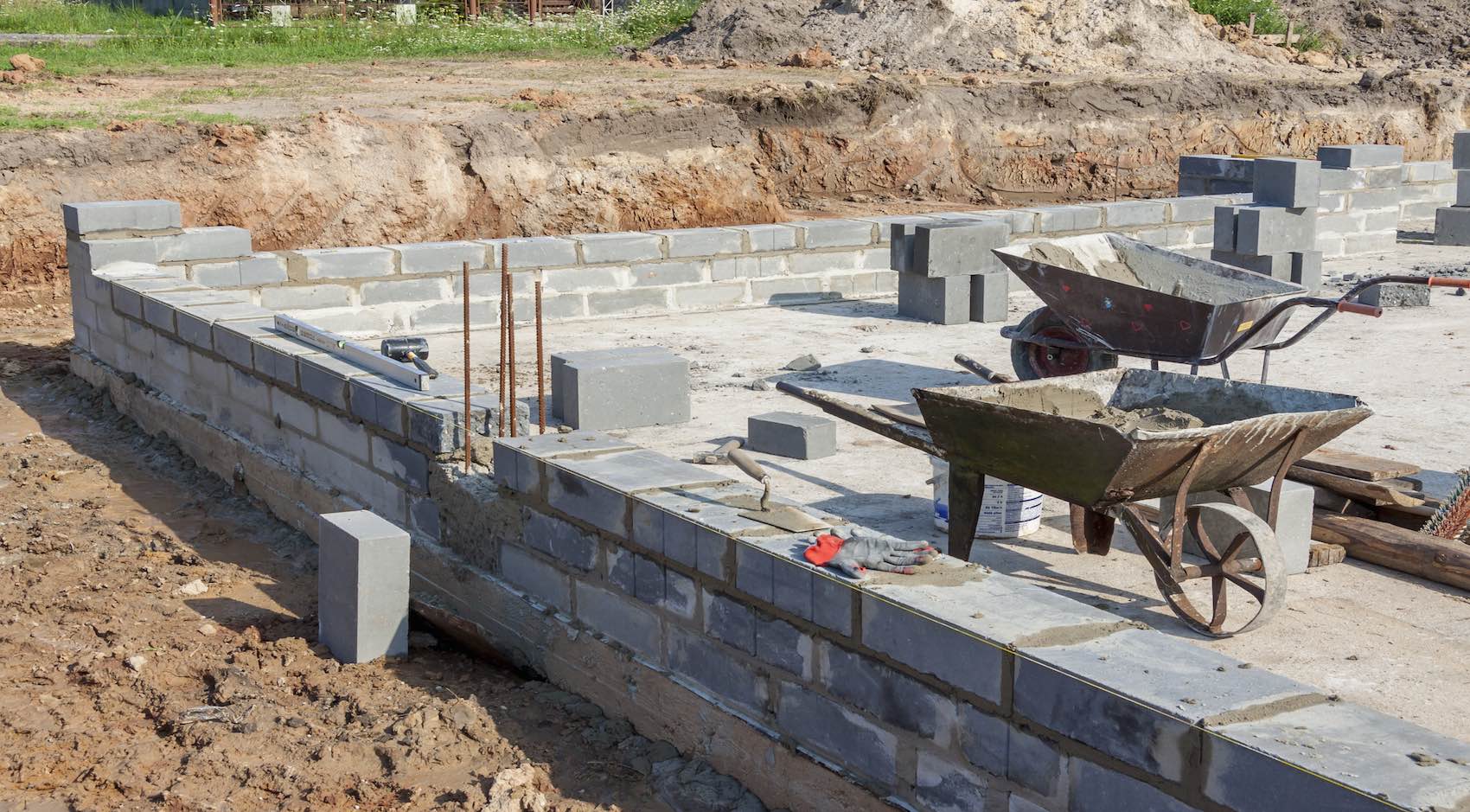 A foundation is used to support a building or structure and transmits loads directly to the underlying soil or rock. A house needs a foundation to shoulder its considerable weight, provide a flat and level base for construction and separate wood-based materials from contact with the ground, which would otherwise cause rot and allow for termite infestation. Start with a poor foundation and the building will be subject to movement and settlement.
A foundation is used to support a building or structure and transmits loads directly to the underlying soil or rock. A house needs a foundation to shoulder its considerable weight, provide a flat and level base for construction and separate wood-based materials from contact with the ground, which would otherwise cause rot and allow for termite infestation. Start with a poor foundation and the building will be subject to movement and settlement.
Concrete is the most common material for foundations in your Charleston construction project. However, stone, brick, preservative-treated lumber, or concrete block are also sometimes used. Building at Folly Beach for example, we often use treated lumber piles driven into the ground as a stable base where the substrate may be subject to storm movement.
Foundations start at the footing which is typically poured concrete over reinforced steel bar (rebar). The concrete is poured directly into trenches in the soil but shuttering may also be used if the soil is friable (such as dry sand) or if the footing rises above ground level. Building in the lowcountry, we often see sand on our construction sites. Additionally, PA Straps are set into the footing, rising up through any supporting foundation block work and are used to connect the stud work directly to the footings. the home’s wooden structure will then be secured to the footing and will not easily move in case of wind or flood.
Block-work is typically set on to the footings to bring the construction surface above ground level (and incidentally keep everything insect edible away from the ground). Oftentimes, the block-work is continued up to the base flood level. Completion of all block-work to Base Flood is typically a trigger to release funding for subsequent framing of the actual home.
Thought: Foundations can settle but this is not necessarily terminal to the structure of the house. There are good services available to both underpin a foundation and jack-up the home to level again. Older ranch style homes set on concrete pads are susceptible to this damage, especially if water or large trees with invasive roots are close by.
Interested in Learning More?
Our expert teams - from development, investment, real estate, and property management - have experienced it all and have the insight to help you along the way.
Find Out More